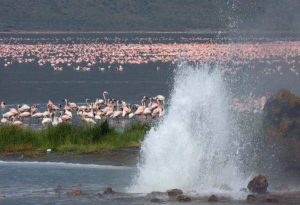World 🢖 Africa 🢖 Madagascar
Spring tufa, travertine and other formations 🢔 Springs 🢔 Geological wonders 🢔 Categories of wonders
Wonder
Analavory Geysers
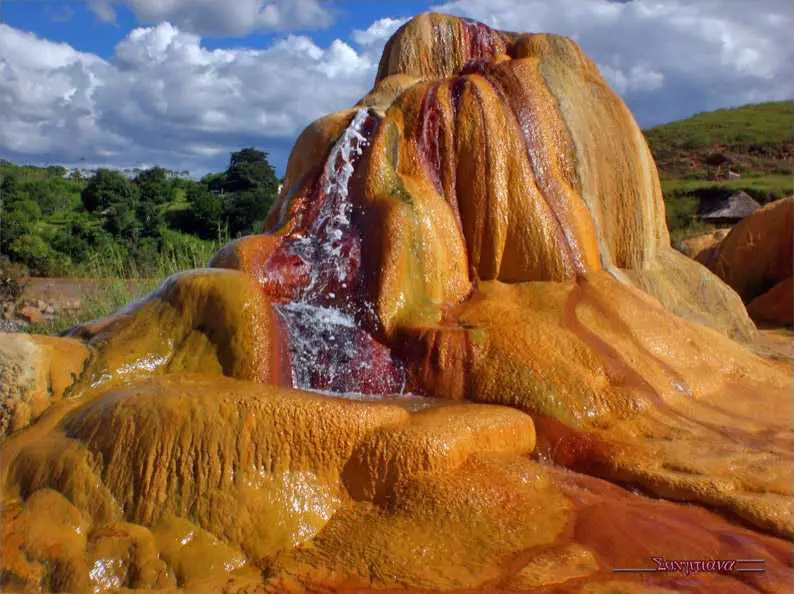
 In short
In short
It is weird to see how many tourist Websites and guides are wrong about Analavory Geysers. When describing this interesting landmark, they start telling about the volcanic activity and how the water contacts superheated volcanic rocks and boils up and then rises upwards as steam, forming the geyser.
This is rubbish. Children are safely playing at the base of these "volcanically heated and boiled" spouts and are not scalded by the spray of water.
In fact Analavory Geysers are man-made and are not true geysers.
 40.8%
40.8%
GPS coordinates
Location, address
Alternate names
Map of the site
If you see this after your page is loaded completely, leafletJS files are missing.
 In detail
In detail
A kind of natural champagne?
In the past here were laid water pipelines to dry the nearby aragonite mines. The groundwater here is warm and rich with carbonic acid and easily dissolves large amounts of lime along its way. Further, the water goes through iron pipelines – and carbonic acid dissolves iron as well.
Water with carbonic acid is the same well-known carbonated water and… yes, we all know: such water releases lots of bubbles. Sometimes the power of these bubbles forces the water upwards – we know very well the wild reaction of warmed and well-shaken champagne.
Something similar happens in Analavory. Here the carbonated water, rich with lime and iron, has rushed down along the pipelines and finally reached the daylight at the bank of Mazy River, where the pipelines end. CO2 is released as bubbles and the acidic water gushes upwards like champagne from the bottle. Then it becomes colder and neutral and precipitates the dissolved lime and iron. As a result around the mouth of these artificial “geysers” form mounds of travertine, colored in rusty orange color by the dissolved metal pipelines.
Water finds the lowest rim at the top of the mound and overflows it. The rim in this place is layered with new layers of travertine, it rises higher and water has to find a new way elsewhere. This repeats over time and the mound grows higher and higher. The mounds of Analavory Geysers are more than 4 m high.
Cold water geysers!
Such a phenomenon is called cold water geyser. Although this is not the true and "noble" steam-powered geyser, it is a wonderful and interesting landmark. Such geysers, for the most part, are created by the activity of man, releasing the carbonic acid from the groundwater with boreholes.
In Analavory there are four (some sources mention five) cold-water geysers. Most of the time, the carbonated water spouts 0.2 – 0.3 m high, but sometimes it happens that the vents are blocked by the precipitated lime and, as the barrier is broken, the water is spouting up to 3 m high. Some sources mention that in the past the water was gushing even 20 – 25 m high.
Even if man-made and not a true geyser, this site is very attractive. Analavory Geysers gradually become well-known tourist attractions and there has been installed basic tourist infrastructure.
References
- J. Alan Glennon, Rhonda M. Pfaff, The Operation and Geography of Carbon Dioxide-Driven, Cold Water "Geysers". 2004.
Analavory Geysers are included in the following list:
 Linked articles
Linked articles
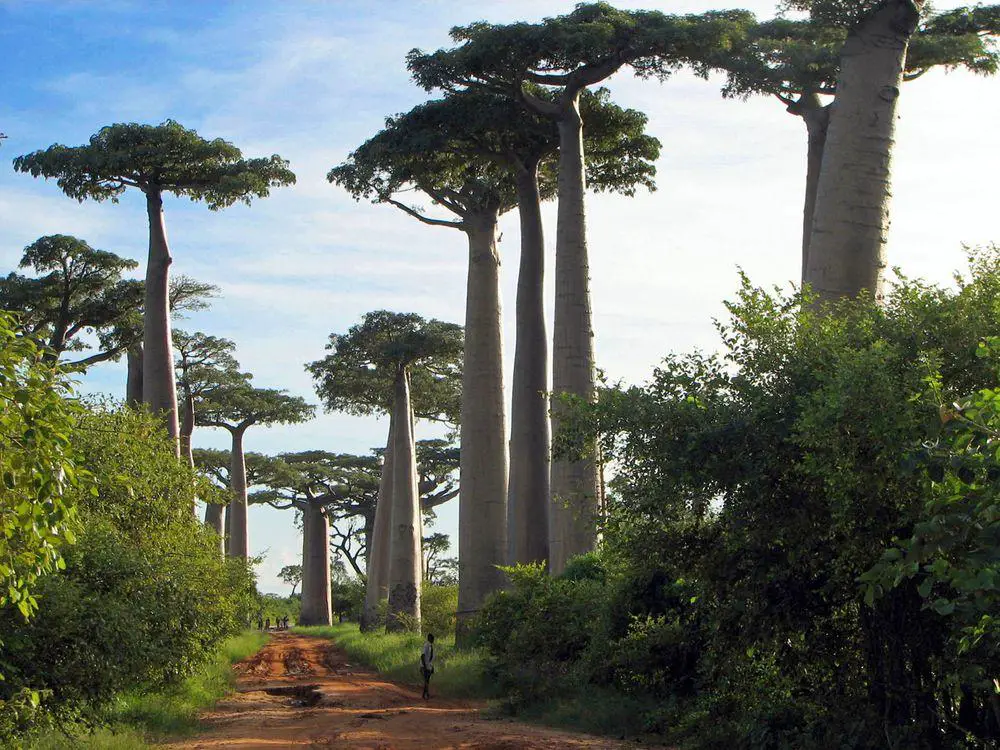
Wonders of Madagascar
Madagascar is affluent with surprising natural landmarks – created both by geological processes and living nature. Highlights of Madagascar are karst features, unusual ecosystems, and gorgeous and rare gemstones.
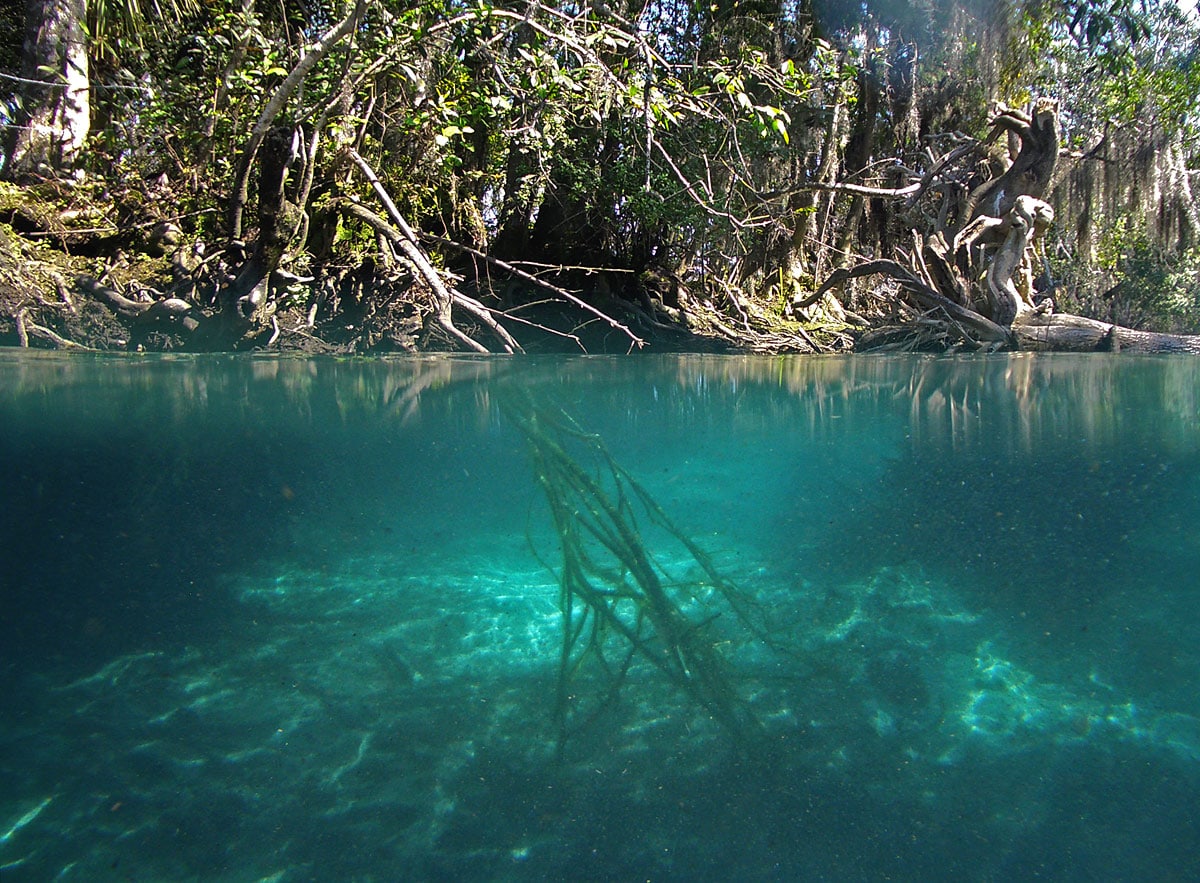
Springs
Powerful natural freshwater springs belong to the most fascinating monuments of nature. Even more exciting is the diversity of unusual springs – mineral springs, hot springs, submarine springs as well as the unusual black smokers. Especially beautiful are such natural rarities as travertine, silica, or salt terraces created by warm and hot springs and, especially, geysers.
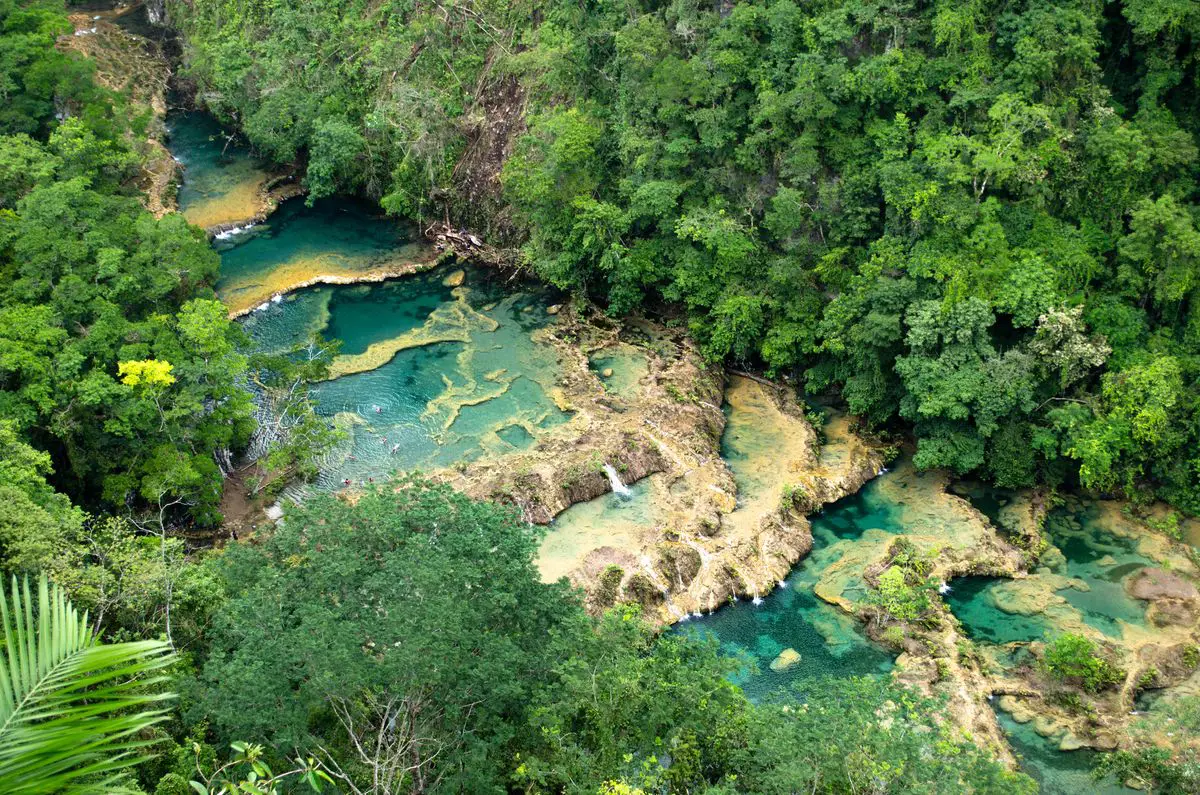
Spring tufa, travertine, and other formations
This category includes very diverse landmarks that have one thing in common: all of them are created by springs that are depositing chemical sediments – silica, carbonates, salt, or other chemical compounds.
 Recommended books
Recommended books
Madagascar: The Eighth Continent (Bradt Travel Guides)
Madagascar is a land where lizards scream and monkey-like lemurs sing songs of inexpressible beauty. It is a place where creatures you may never have heard of—fossa and tenrecs, vangas, and aye-ayes—thrive in a true ‘Lost World’ along with bizarre plants like the octopus tree and the three-cornered palm. And where the ancestors of the Malagasy, as the island’s people are known, come alive in rollicking ceremonies known as “turning the bones.”
Madagascar (Bradt Travel Guide)
A new, thoroughly updated 12th edition of Bradt’s Madagascar, the leading and most comprehensive guide to this unique island nation, written by Hilary Bradt, who first visited in 1976 and has returned roughly 35 times, and Daniel Austin, who has visited 12 times and continues to travel there annually. Bradt’s Madagascar is by far the most thorough guide to the country in English and includes contributions from over 50 experts in a book that has been the most authoritative guide to the country for three decades.

